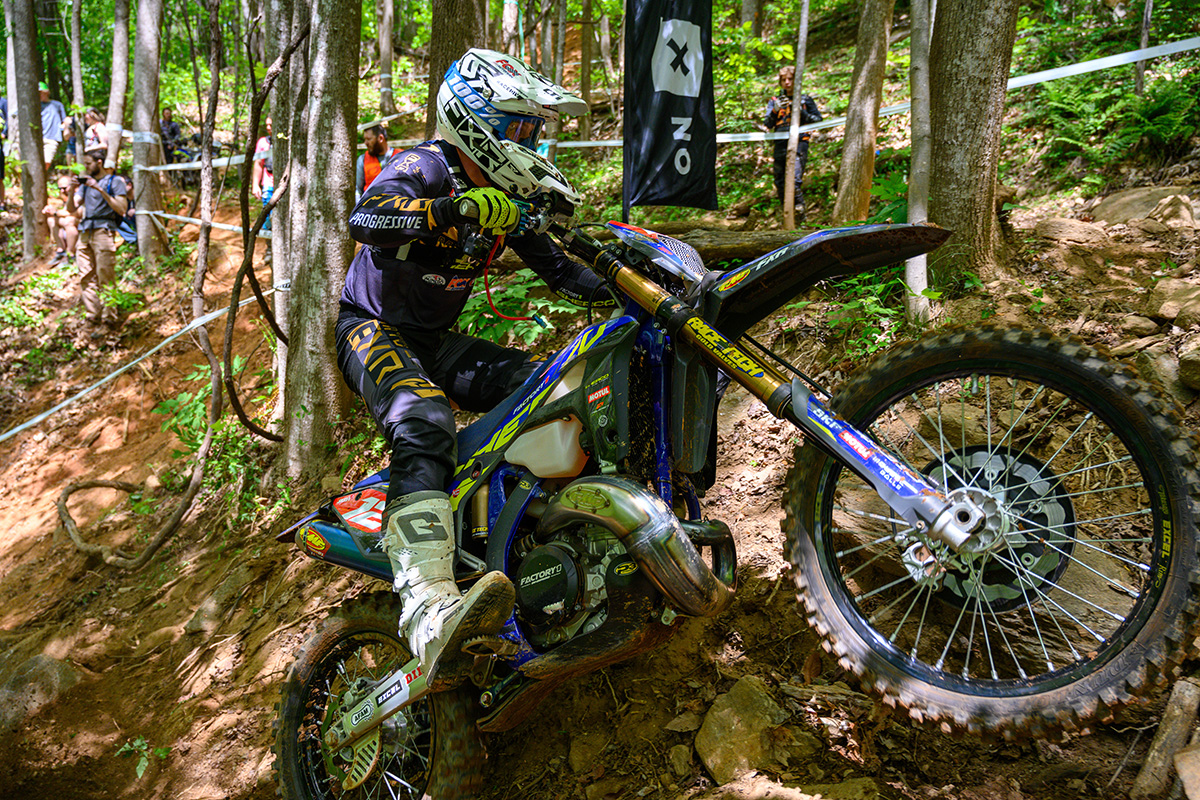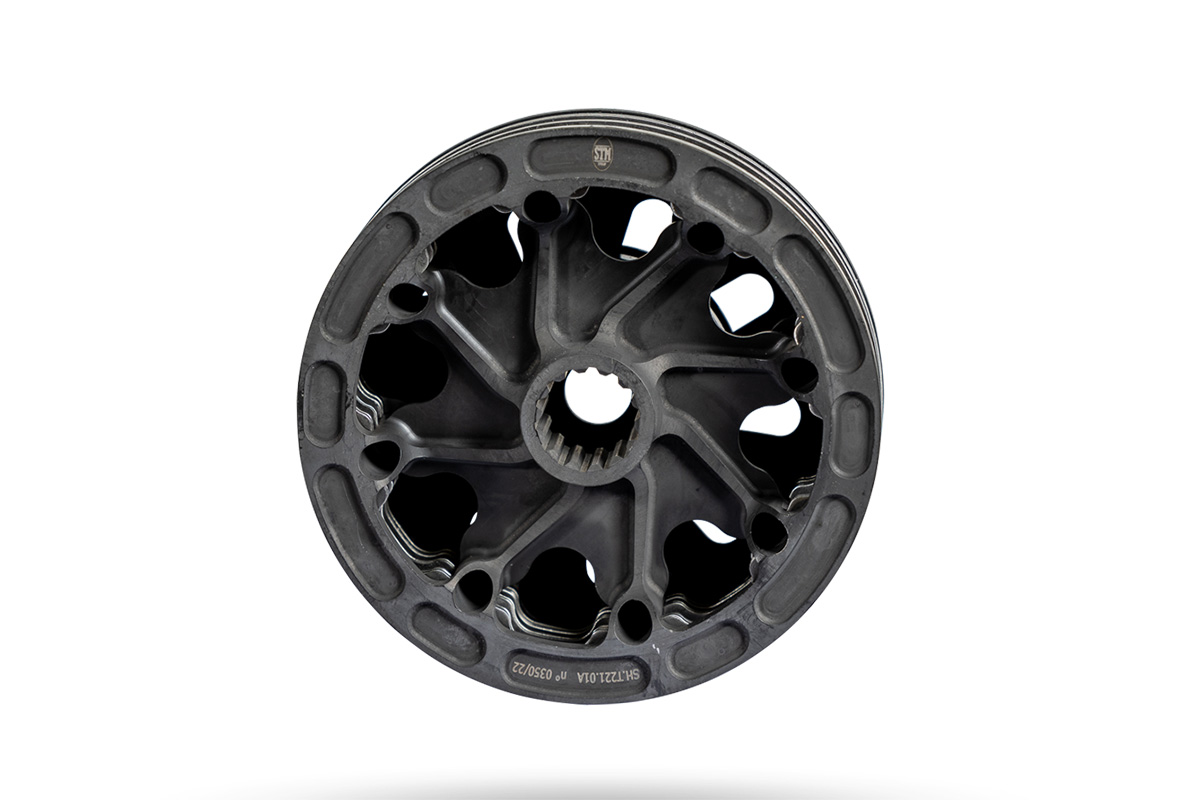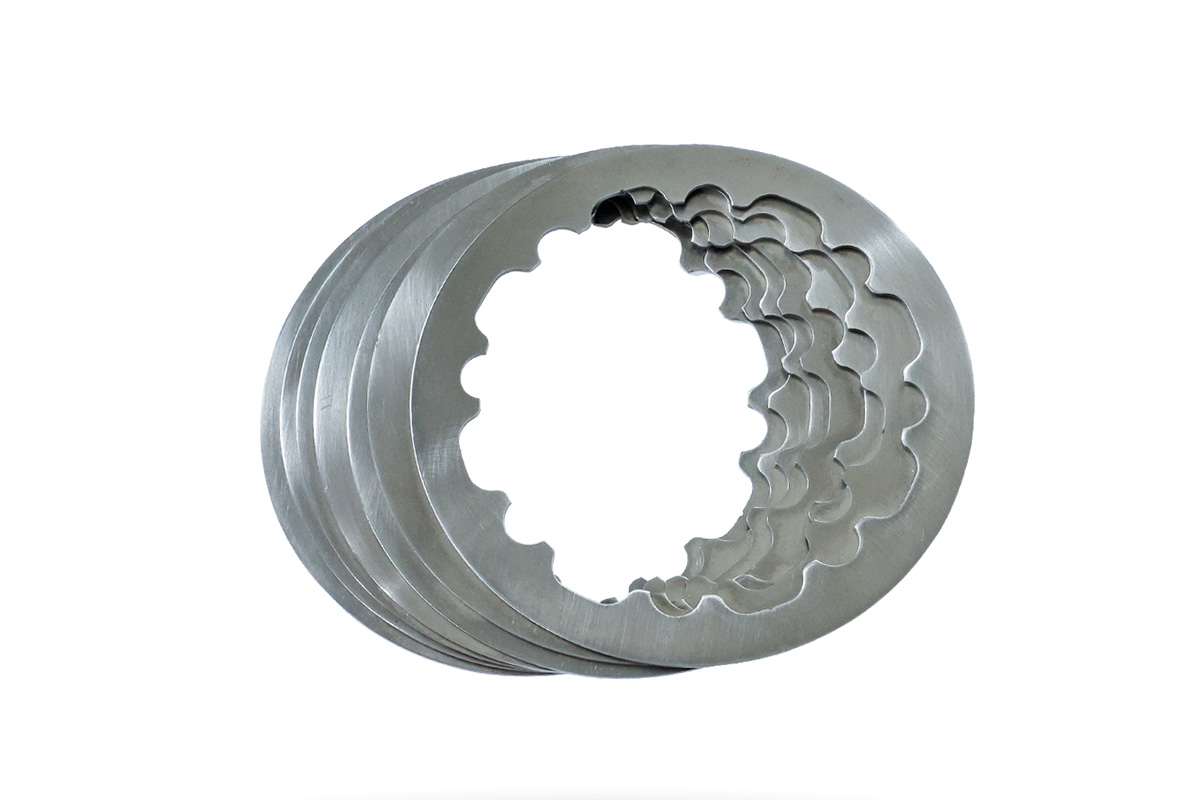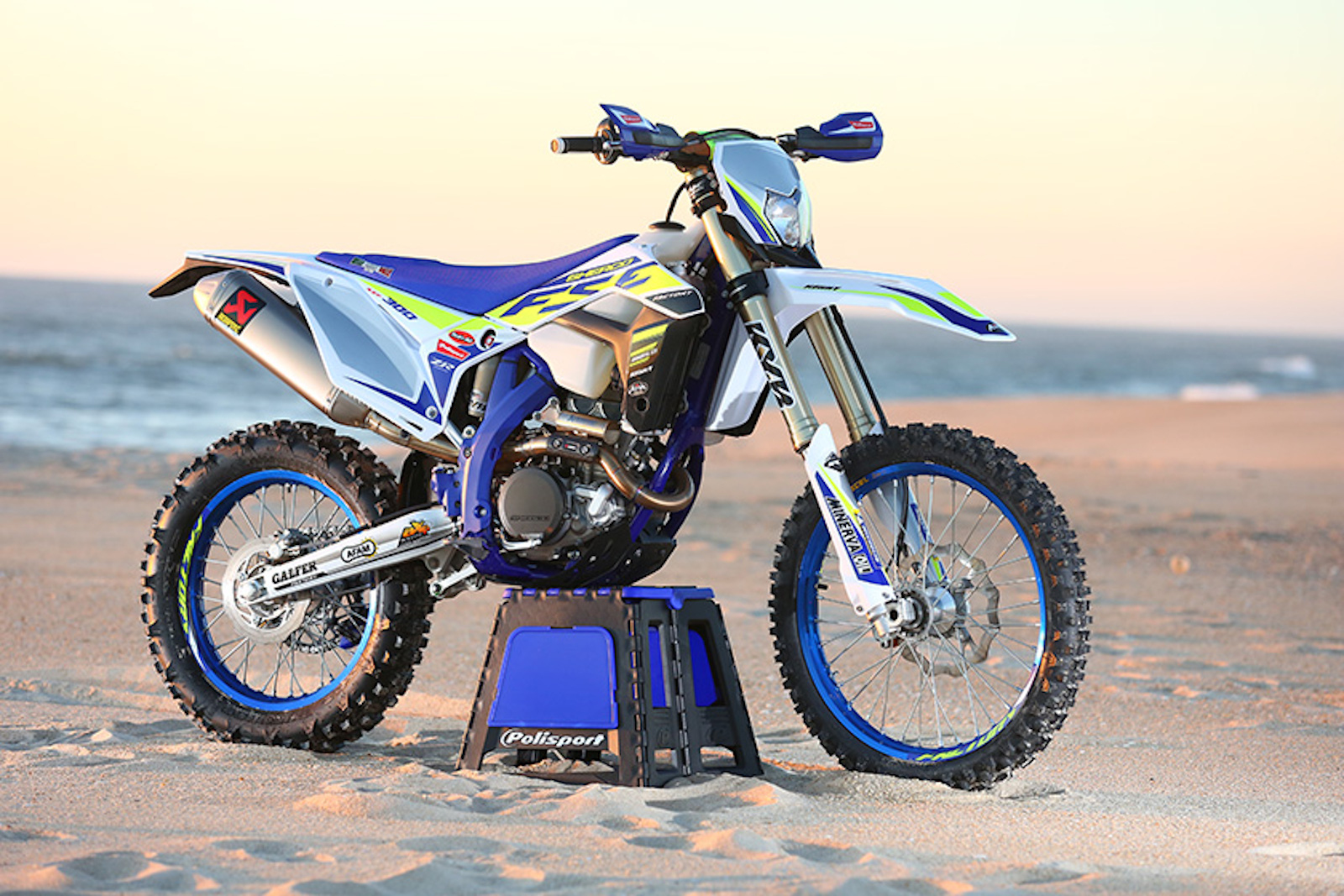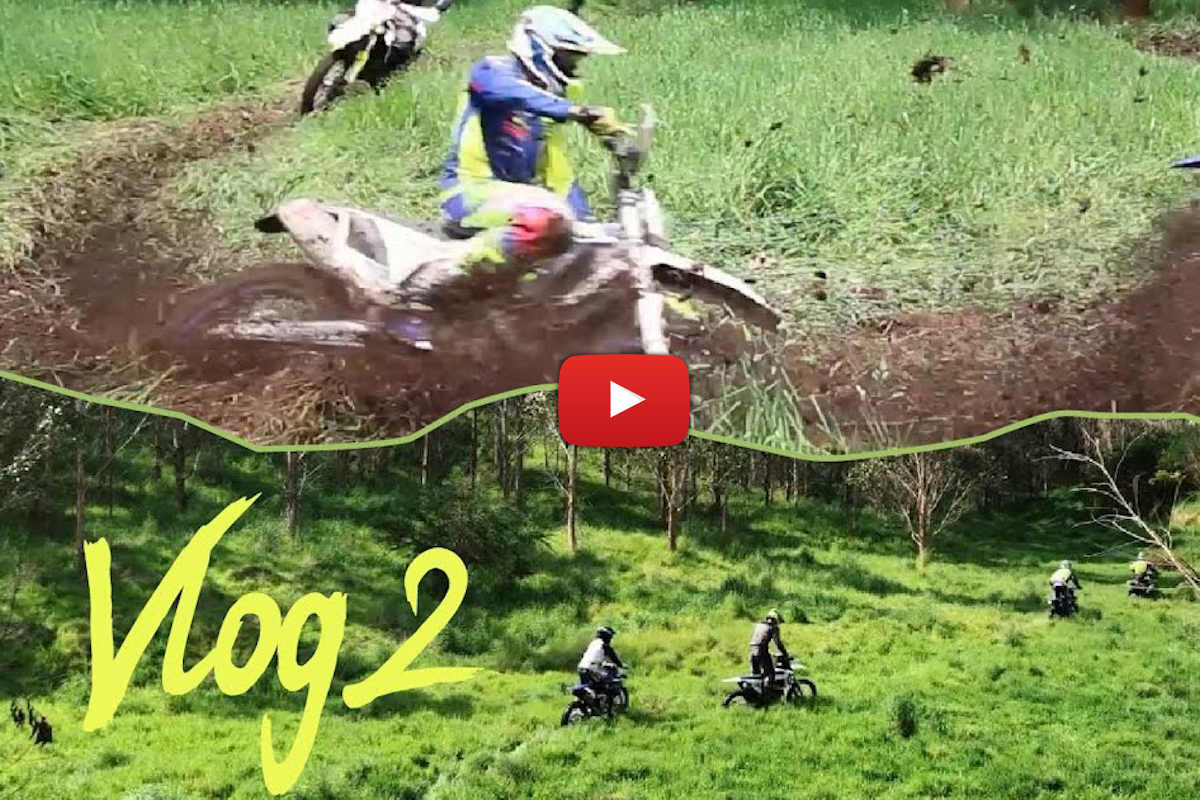Got clutch issues? Cooper Abbott explains spring versus diaphragm upgrades (& why you might need one)
Is your standard clutch hard enough for hard enduro hillclimbs? Worried about the old-school spring clutch? The sad emojis fired on our recent 2025 model launch reports and videos, plus messages, tell us some of you are. Sherco USA rider Cooper Abbott explains why the STM diaphragm clutch is the upgrade you need.
Enduro21 received lots of quality feedback from the 2025 Sherco Enduro model presentation (thanks all btw). A common thread points to disappointment with Sherco for not upgrading the standard spring clutch with a diaphragm type simply because it’s a known problem.
Looking for more knowledge we spoke to different sources and a common thread is the stock spring clutch isn’t tough enough. Although it is true to say not everyone is affected or concerned, some are and typically it is hard enduro riders who find problems with clutch not lasting and with the feel, typically on extreme uphill climbs.
Enduro21 knows of Sherco riders replacing their clutches every day at an event like Romaniacs for example and these are not factory riders either.
What can you do about it? The STM diaphragm clutch is one answer and, full disclosure, it was Sherco USA who pointed us at as a part they fit to some of their customer bikes.
It’s also being successfully used by their team rider Cooper Abbott in his Factory One Sherco SE 300 race bike in US Hard Enduro and Endurocross, as well as selected major extreme events around the world.
It’s a bit on an investment, we can’t ignore that fact here, with a retail of around 1K USD for the clutch kit, plus replacement metal plates ($925 and $195 respectively). But if you take the facts of how regularly some riders are finding they need to fit new standard plates to their stock clutch, the numbers start to work out.
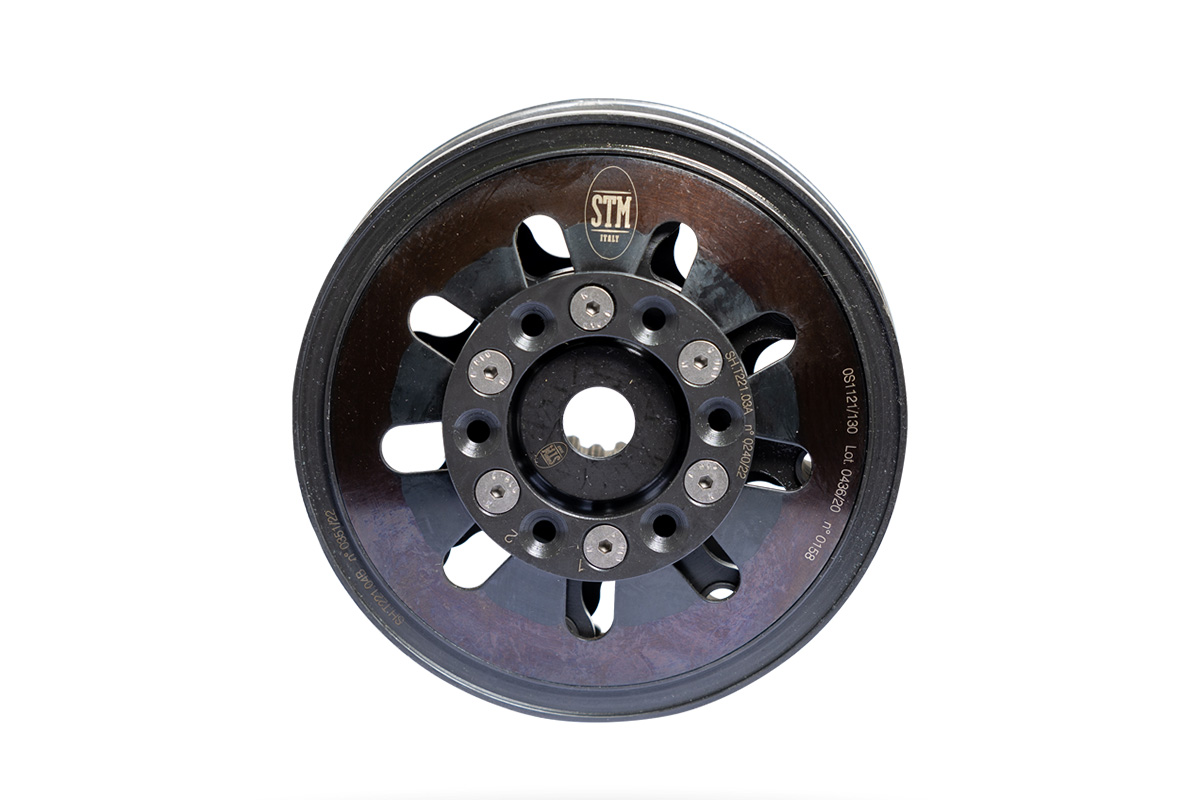
Diaphragm clutch benefits
Diaphragm clutches tend to be more compact and have a lighter clutch lever pull. How it works is simply enough, it spreads the load across a flexible plate pulling the plates apart instead of five springs bolt in.
Some people find the old school spring clutch stiffer to use but also the different set-ups have a different feel at the lever and ‘bite’ in a different way.
To explain better, we caught up with Cooper Abbott who explains how it feels and why he has it fitted to his Factory ONE Sherco.
“I switched over to the diaphragm clutch this year,” Cooper tells Enduro21, “I was struggling with the bite and feel of the lever, and I was kind of trying to find more of a controllable release. I heard the diaphragm clutch is really good for and I've had nothing but great things to say about it.
“It does have a slower release but it still has a good pop if you need to snap before big wall or something, it still has enough pop, although probably not as much as say like an aftermarket spring clutch.”
I was having to manipulate the clutch and the throttle together a lot more
“I feel especially on up hills like you get in Romaniacs or steep hills I feel like that was something where I was struggling, some of the other clutches were a bit more on off where the diaphragm clutch is really controllable, you're able to manipulate the power a lot more with the clutch instead of the throttle. You can keep the throttle in a similar position but be able to manipulate power more with the clutch.
“Before, without the diaphragm, I was having to manipulate the clutch and the throttle together a lot more to get the right amount of power where with the diaphragm clutch and you can just use the clutch lever because it slips so well, it has such a good modulation and a smooth release point.
“It’s never a jolting release point where it’s like the bike wants to shoot out your hands, it still has great snap if you want it there but it’s a much smoother release.
“The release point is earlier than the stock clutch, or one of the aftermarket clutches, so that’s something that is different at first, you have to just learn that release point. But because it’s such a smooth release, and you're able to manage well, it doesn't feel like it really changes much.”
Controlling it on the hills
“A more aggressive clutch can be way too much because it is hard to control the front end and that was one of the biggest things for me with the diaphragm clutch.
“On big steep uphills, whether it’s slow-speed or high-speed, the diaphragm clutch is so much easier to keep the front end down because you’re able to modulate, you’re making small changes with the clutch whereas a lot of the other clutches are more on-off and you're struggling, you’re fighting the front end from keeping coming up and down.
“With the diaphragm you’re able to really get the right amount of tractable power going up hills and especially big switchbacks when you need to throw the bike around, flip it the other way. You're able to have a good, slow release and then you’re able to pop it to get that jump up to the next switch back, modulating and having a smooth release points and you don't have to really have any pauses in progress which I think is huge for hard enduro because you always try to keep a little momentum going.”
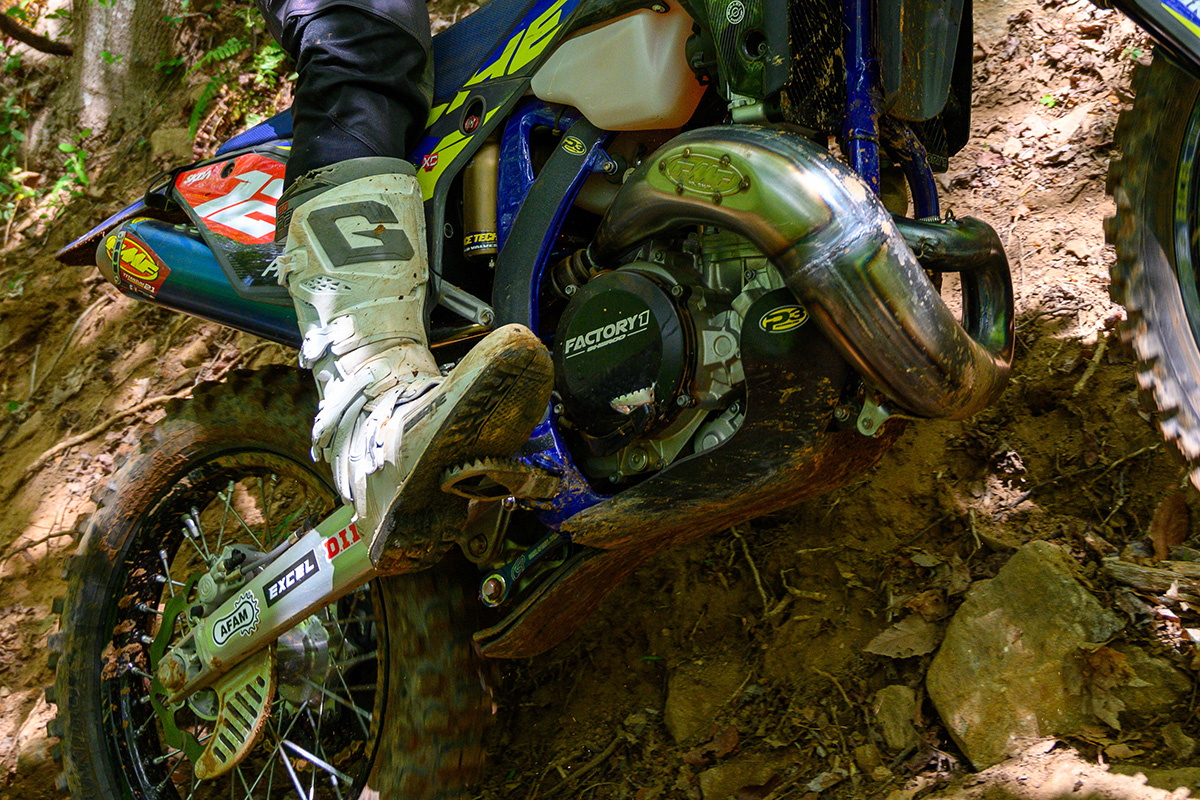
“It doesn't completely eliminate the fade but it lasts something like three times as long before it starts to fade on a big long uphill. Sometimes where it’s a long uphill and you’re on the clutch a lot I would have to either stall the bike or pretty much just give up because clutch started fading.
“With the diaphragm clutch you’re able to control it, keep momentum going and it doesn’t fade on you so that is definitely a big crucial part.”
Photo Credit: Sherco USA




